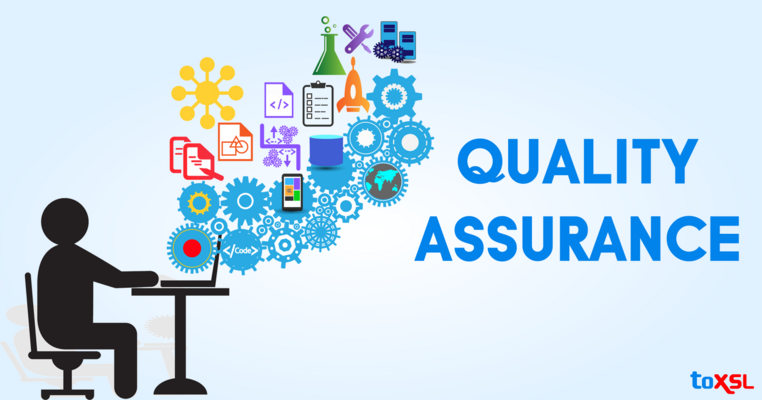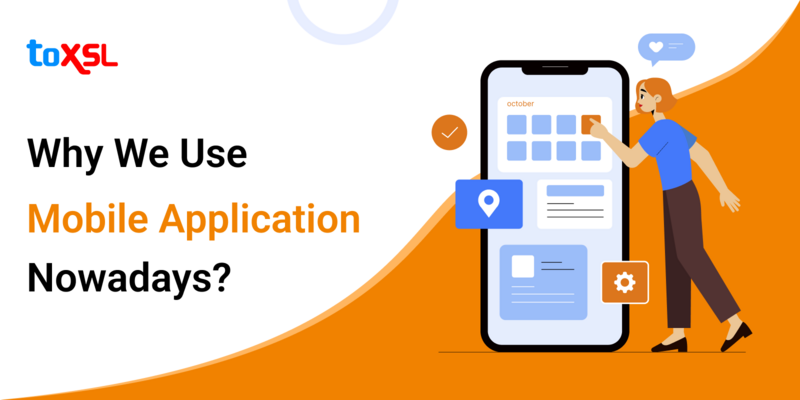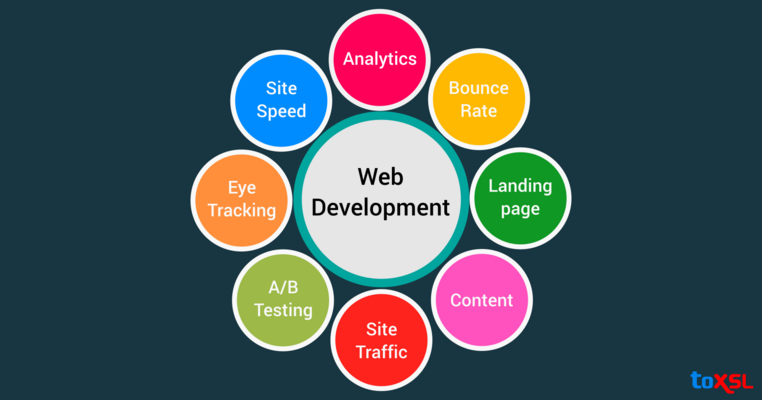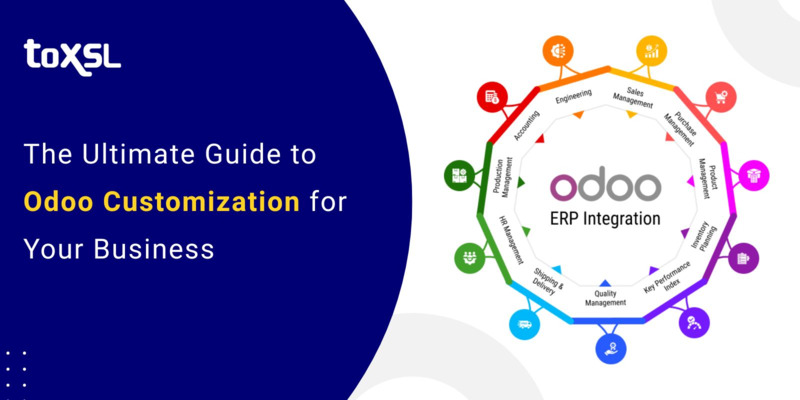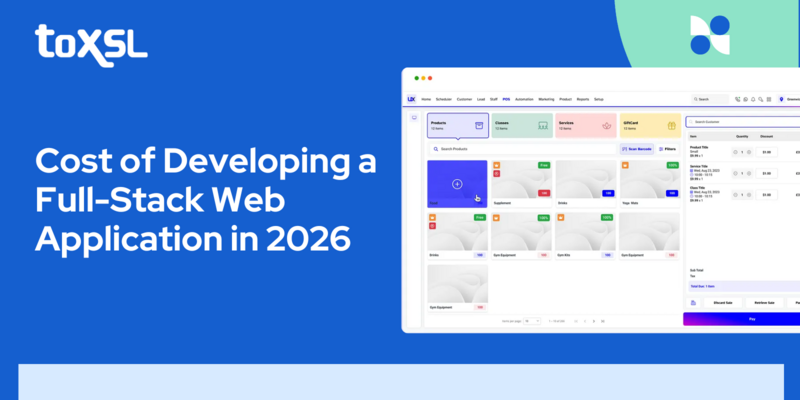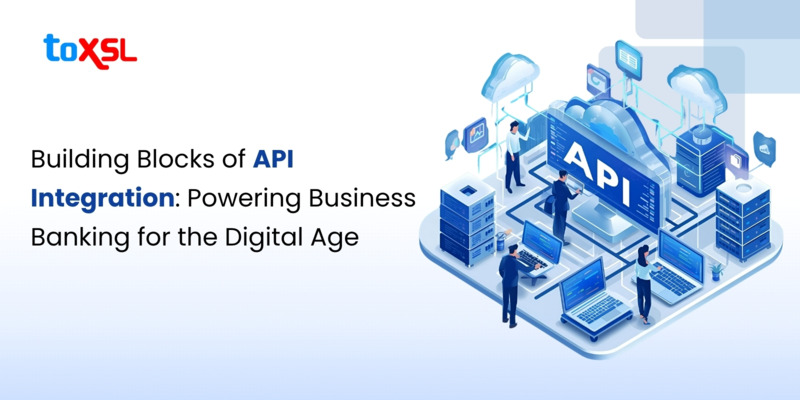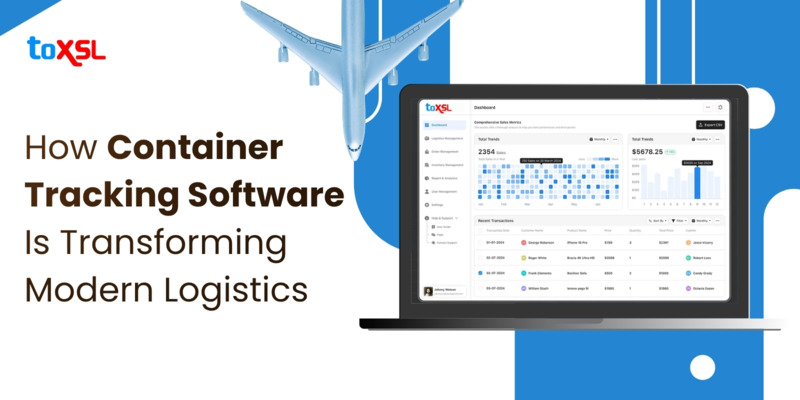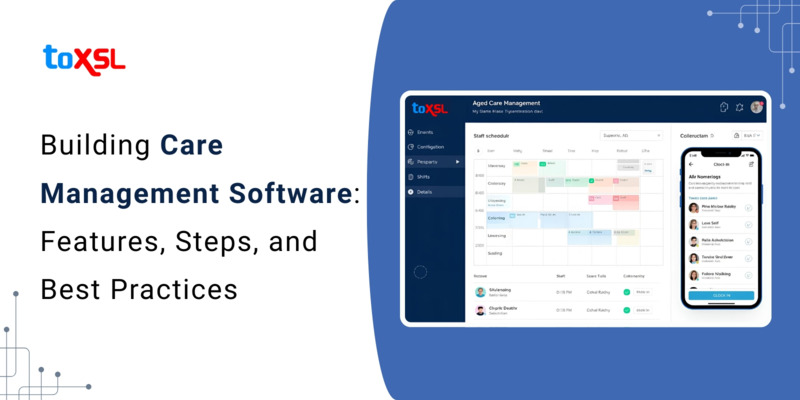- Oct 27, 2025
Share this post on:
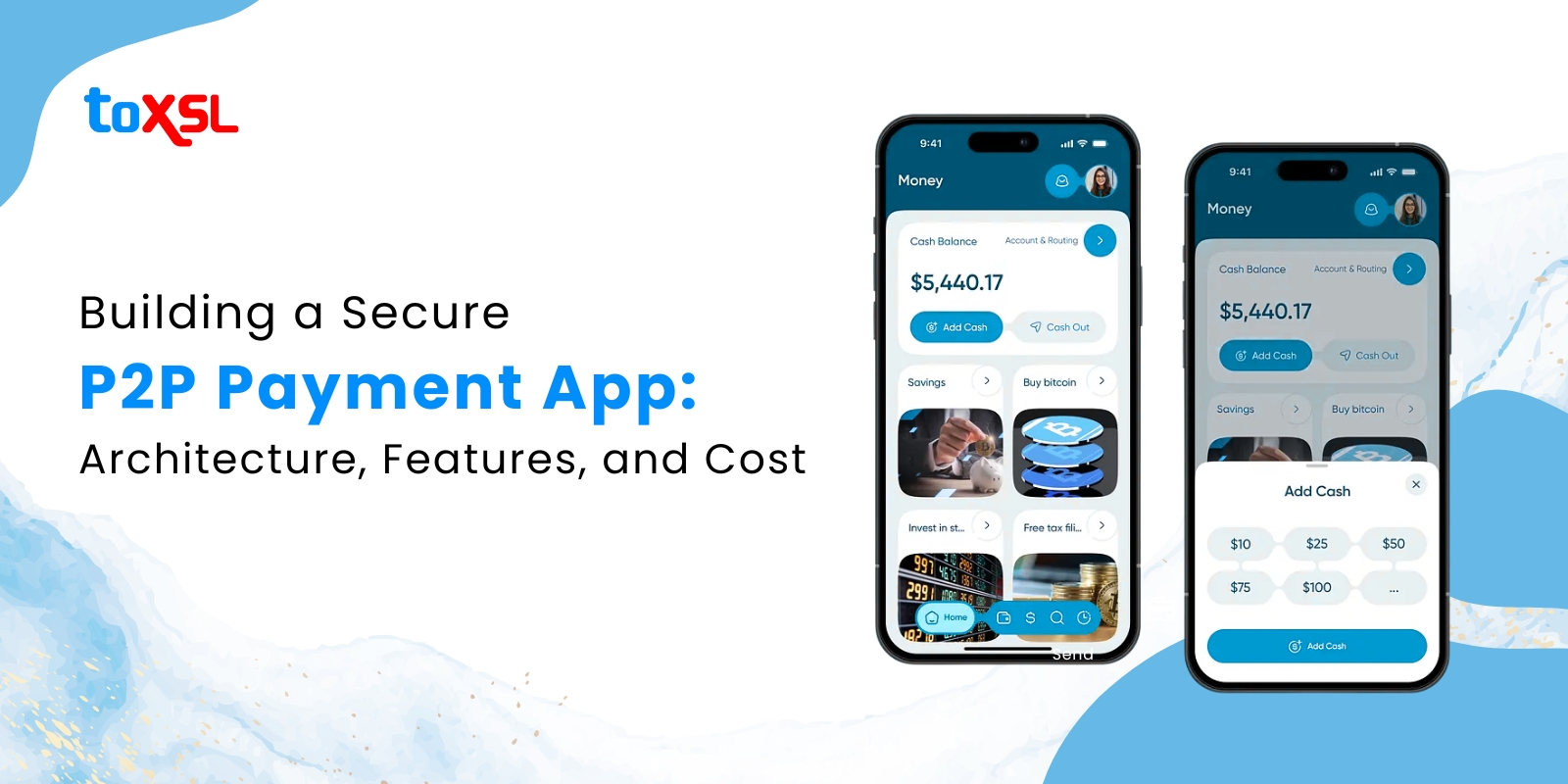
Can you imagine a world where sending money is as easy as sending a text message? Technology has advanced, helping you split the bill in seconds from your phone and send money to your family member, no matter where they are. This seamless financial interaction is made easy by peer-to-peer (P2P) payment apps, an innovation that is reshaping personal finance worldwide.
Did you know that the global P2P payment market is projected to reach USD 13.3 trillion by 2035, growing at a CAGR of 14.25%? Mobile wallet transactions account for 70% of digital payments in emerging markets, signaling broad-based adoption.
As the market grows, businesses face critical questions:
How do you build a P2P payment app that balances lightning-fast transactions with ironclad security?
What architectural decisions, features, and investments are essential for a truly secure and successful app?
This guide dives deep into those questions, unpacking everything from core architecture and must-have features to development costs and security essentials.
Key Takeaways
Allow users to securely store funds with multiple linked payment methods.
Enable seamless payment requests via phone numbers, emails, or user IDs for convenience and speed.
Maintain organized transaction logs with details like amount, recipient, date, and status.
Incorporate multi-factor authentication, PIN protection, and OAuth frameworks to secure user access.
Provide push notifications and SMS/email alerts about transaction status, payment requests, and account changes.
Offer in-app live chat, AI chatbots, and transaction dispute support to ensure timely assistance.
Steps to Build a Secure P2P Payment App
Are you looking to develop a secure P2P payment app? Developing a secure peer-to-peer (P2P) payment app involves a clear strategic process that ensures the app is user-friendly, robust, and secure. Every step you take while developing a payment app is important in transforming an idea into a reliable, trusted financial platform. Now, let us do a detailed breakdown of the important steps involved in a secure P2P payment app.
Step 1: Do Market Research
Always start with complete market research. This helps you understand user needs, competitors, and trends in the payment landscape. With that, ensure that you have defined your app’s objective. This will help you with design and development decisions, ensuring you develop a product suited to your target audience’s preferences and pain points.
Step 2: Choose the Type of P2P Payment App
Decide the type of P2P app you want to develop based on your business goals and user needs. There are many types of P2P apps, and based on your requirements, you can choose the type.
Step 3: Design the App Architecture
Design a scalable and secure app architecture that separates the user interface, business logic, data management, and security protocols. It includes various layers for user authentication, transaction processing, data encryption, fraud detection, and third-party integrations. Hence, prioritize end-to-end encryption, multi-factor authentication, and compliance with financial regulations to protect users and build trust.
Step 4: Define and Develop Core Features
In this step, develop essential features that users are expecting, such as secure user registration with KYC verification, wallet and bank account linking, instant money transfers, transaction histories, push notifications, and social payment functionalities.
Step 5: Integrate Payment Gateways
Now, after defining the core features, look for the various banking APIs and KYC verification services to enable real-time payments. Also, ensure that all communication between your app and external services is encrypted and authenticated to maintain data integrity.
Step 6: Conduct Rigorous Testing
Test your app extensively for security vulnerabilities, functionality, and user experience. Do rigorous testing, encryption validation, and fraud simulation. Also, verify adherence to regional and international regulations. With that, usability testing with real users is important to smooth out workflows and detect any friction points before launch.
Step 7: Launch Minimum Viable Product
Deploy an MVP focusing on the core functionalities and security features that you want in the app. Also, early launch allows real users to interact with your product and offer valuable feedback. Also, monitor app performance, security alerts, and usability issues to refine and optimize your app.
Step 8: Scale and Continuously Improve
This step is based on user insights and market changes. Scale your infrastructure using cloud solutions to support a growing user base. Hence, enhance fraud detection algorithms and add advanced features like multi-currency support or cryptocurrency payments.
Types of Peer-to-Peer Payment Apps
Bank-Centric P2P Payment Apps
These apps facilitate direct transfers between bank accounts without requiring users to load money into an app wallet. They are backed by financial institutions and offer fast transfers with higher limits.
Standalone Digital Wallets
Standalone wallets allow users to store money within the app. They offer flexibility to hold balances, make payments, and even shop online or invest. There are a few apps like PayPal and Venmo that belong to this category. These platforms include social features, rewards, and additional services, making them versatile beyond simple transfers.
Mobile Wallets with P2P Features
Mobile wallets are integrated within smartphone ecosystems, such as Apple Pay and Google Pay. These apps support both contactless payments in physical stores and peer-to-peer money transfers. Their deep integration with device-level security, such as biometric authentication, enhances user trust and convenience.
Crypto-Based P2P Payment Apps
These apps enable sending and receiving cryptocurrencies. Platforms like Binance Pay and BitPay facilitate faster and lower-cost international transfers, appealing to users interested in decentralized finance.
Cross-Border Payment Solutions
Cross-border payment solutions focus on international money transfers. These apps support multiple currencies and reduce fees associated with traditional banking. They are popular among freelancers, businesses, and travelers needing seamless global payments.
Social Media-Centric P2P Apps
Social Media-Centric P2P Apps incorporate P2P payment features, allowing users to send money within the app environment without switching contexts, for example, Facebook Pay and SnapCash. This integration simplifies payments among people.
Must-Have Features in a P2P Payment App
A peer-to-peer (P2P) payment app offers a user-centric feature set that ensures convenience, security, and seamless financial transactions. Here are the important features your P2P payment application must include to succeed in 2025 and beyond:
Instant Money Transfers: A P2P payment app's primary function is to enable users to send and receive funds quickly and effortlessly. This feature includes multiple methods of transfer, such as using a phone number, email, unique user ID, or even QR code scanning. Also, instant money transfer with minimal delays enhances the user experience and promotes frequent use.
Secure User Registration: Security starts at user onboarding. Hence, incorporate multi-factor authentication, biometric options such as fingerprint or facial recognition, and strong password requirements. Also, implement robust Know Your Customer (KYC) protocols to verify identity and minimize fraud risk.
Bank Account Integration: Provide users with a digital wallet feature to store funds safely while allowing linking of multiple bank accounts and credit/debit cards. This flexibility allows users to manage funds more effectively and supports various transaction flows, including wallet-to-wallet, wallet-to-bank, and vice versa.
Transaction History: This feature maintains a clear, detailed transaction history, showing amount, date, recipient, and payment status. The notifications should be sent instantly for all transactions and account activities, through push notifications, SMS, or email, fostering transparency and real-time awareness.
Payment Requests: Facilitate social payments by enabling users to split bills easily among friends or groups with automatic calculations. Social features like requesting money and sharing payment notes add convenience and encourage users to rely on the app for everyday expenses.
Fraud Detection: Integrate AI-powered fraud detection systems that analyze transaction patterns and instantly flag suspicious activities. Incorporate user account lockout mechanisms, transaction limits, and anomaly alerts to prevent fraudulent behavior while minimizing false positives that inconvenience genuine users.
Cross-Border Support: Support multiple currencies and enable cross-border payments with live exchange rates, minimal transfer fees, and compliance with international payment regulations. This widens your app’s appeal globally, especially among expatriates, freelancers, and businesses with international dealings.
Customer Support: Offer in-app customer support via live chat, AI chatbots, and ticketing systems to resolve issues quickly. A transparent and fair dispute resolution process builds trust and helps users feel secure when sending or receiving money.
Compliance and Data Privacy: Ensure full compliance with financial regulations like AML, KYC, PCI DSS, and data privacy laws such as GDPR. Maintain detailed audit logs and implement data encryption both in transit and at rest to protect sensitive user information.
Value-Added Features: To differentiate your app, consider adding rewards programs, cashback offers, in-app financial insights, and personalized user profiles. Including options like recurring payments and bill pay can transform your app into a comprehensive financial management tool.
How Much Does it Cost to Develop a Peer-to-Peer Payment App?
In general, developing a P2P payment app involves multiple phases and factors that influence the total cost. The overall cost depends on the app’s complexity, features, platform choice, development team location, security requirements, and compliance standards.
| Development Phase | Basic Cost (USD) | Medium Complexity (USD) | High Complexity (USD) | Description |
|---|---|---|---|---|
| Discovery & Research | $3,000 - $7,000 | $5,000 - $10,000 | $7,000 - $12,000 | Market research, requirements, compliance planning |
| UI/UX Design | $5,000 - $10,000 | $10,000 - $20,000 | $15,000 - $30,000 | Wireframes, prototypes, user-friendly interfaces |
| Frontend Development | $10,000 - $20,000 | $20,000 - $40,000 | $40,000 - $80,000 | Mobile/web user interface |
| Backend Development | $15,000 - $25,000 | $30,000 - $50,000 | $60,000 - $120,000 | API, server, DB, payment gateway integration |
| Security & Compliance | $5,000 - $10,000 | $12,000 - $25,000 | $25,000 - $50,000 | Encryption, fraud prevention, KYC/PCI DSS |
| Testing & QA | $5,000 - $10,000 | $8,000 - $15,000 | $15,000 - $25,000 | Functional, security, performance testing |
| Deployment | $1,000 - $3,000 | $2,000 - $5,000 | $3,000 - $7,000 | App store launch, cloud setup |
| Maintenance & Support (annual) | 10-20% of total cost | 10-20% of total cost | 10-20% of total cost | Bug fixes, updates, scaling |
Estimated Total Cost and Timeline
| App Complexity | Estimated Development Cost | Timeline |
|---|---|---|
| Basic | $25,000 - $50,000 | 3 - 6 months |
| Medium | $50,000 - $120,000 | 6 - 9 months |
| Complex | $120,000 - $300,000+ | 9 - 18 months |
Key Cost Factors:
App Complexity: Basic apps with simple money transfer features cost less than complex apps as they support multi-currency wallets, cryptocurrency transactions, AI fraud detection, and social integrations.
Platform: Developing apps for various platforms, including iOS, Android, or cross-platform, impacts the cost.
Development Team: The choice between in-house developers or specialized agencies affects expenses based on skill level and region.
Security & Compliance: Implementing encryption, authentication, and meeting KYC/AML and PCI DSS standards incurs additional cost.
Third-Party Integrations: Payment gateways, KYC APIs, and messaging services usually involve licensing fees and integration work.
Maintenance & Updates: Ongoing expenses for server hosting, bug fixes, security patches, and feature upgrades post-launch.
How to Monetize a Payment App and Ensure ROI
Building a P2P payment app or a digital wallet is a significant investment. Monetizing it effectively is essential not just to recover costs but also to make the app profitable. Here’s how businesses can generate revenue and maximize ROI:
1. Transaction Fees
One of the most common monetization models is charging a small fee for each transaction:
Percentage-based fee: Take a small percentage of every transfer, especially for cross-border payments or large amounts.
Fixed fee per transaction: Charge a flat fee for certain types of transfers, like credit card payments or instant transfers.
High-value transactions: Offer free transactions under a certain threshold but charge fees for larger payments.
This method ensures continuous revenue as users perform transactions regularly.
2. Premium Features and Subscriptions
Offer advanced or value-added features for a subscription fee:
Priority transfers: Faster settlement of transactions.
Multiple currency support: Ability to send or receive international currencies.
Higher transaction limits: Allow premium users to transfer larger amounts.
Financial management tools: Budgeting, analytics, or expense tracking integrated into the app.
Subscriptions create a predictable revenue stream and encourage users to upgrade for convenience. Many businesses use RevPro revenue recognition software to streamline their financial reporting and track revenue accurately.
3. Merchant Partnerships and Payment Gateway Fees
Partner with merchants and e-commerce platforms:
Merchant fees: Charge businesses a small fee for receiving payments through your app.
Point-of-sale (POS) integration: Provide digital payment solutions for retail stores, earning a commission per transaction.
Affiliate marketing: Recommend products or services within your app and earn a referral fee.
Merchant partnerships expand your user base while monetizing business transactions.
4. Advertising and Promotions
If your app has a large user base, you can generate revenue through ads:
In-app advertising: Show relevant financial or lifestyle ads within the app.
Sponsored offers: Promote deals from partner brands that users can redeem via your app.
Cashback programs: Partner with merchants to offer cashback and earn a commission.
Ads and promotions are optional but can be highly profitable if managed carefully without affecting user experience.
5. Interest on Stored Funds
For digital wallets storing user funds:
Float income: Earn interest on the balance stored in wallets before users spend it.
Short-term investments: Safely invest aggregated wallet funds in liquid assets, generating additional revenue.
This is similar to how banks earn from deposits but requires strict compliance with financial regulations.
6. Data Insights and Analytics
Payment apps collect rich user data (with consent):
Anonymous trends: Aggregate transaction data can provide insights into spending patterns.
Financial reporting services: Offer anonymized reports to merchants or partners for a fee.
Ensure full compliance with privacy laws like GDPR to avoid legal issues.
7. Cross-Border Transaction Fees
International payments can be a significant revenue driver:
Currency conversion fees: Charge a small fee when users send money across borders.
Lower fees than banks: Attract users who want faster and cheaper cross-border transfers.
This encourages adoption among freelancers, international families, and businesses.
8. White-Label Solutions
Offer your app or platform to other businesses:
Custom-branded apps: Enable small banks, fintech startups, or retailers to use your technology.
Licensing fees: Charge for setup, maintenance, and ongoing support.
White-label solutions help scale your business without directly acquiring millions of users yourself.
9. Cost Management for ROI
Monetization is only effective if operational costs are managed:
Cloud infrastructure optimization: Use scalable cloud solutions to reduce server costs.
Fraud detection: Minimize losses from fraudulent transactions with AI-powered tools.
Customer support efficiency: Leverage AI chatbots to reduce human support costs.
Efficient operations improve margins and shorten the time to break-even.
10. Ensuring ROI
To ensure your payment app returns investment:
Start with an MVP: Launch core features quickly to attract early users and validate your business model.
Track key metrics: Monitor active users, transaction volume, retention rate, and revenue per user.
Iterate and improve: Introduce premium features, merchant partnerships, and cross-border capabilities as the app scales.
Marketing and acquisition: Invest strategically in user acquisition through referrals, social campaigns, and partnerships.
The combination of diverse revenue streams and cost efficiency ensures the app becomes profitable over time.
Conclusion
As the landscape of digital payments continues to evolve, the future of P2P payment security is being reshaped by advanced technologies and innovative paradigms. So, if you are looking to develop P2P apps for your business, then you are at the right place. ToXSL Technologies is a leading P2P payment app gateway development company that embraces numerous trends by integrating cutting-edge security techniques and focusing on user-centric design. Want to learn more about our P2P services? Feel free to contact our expert team.
Frequently Asked Questions
How are P2P Payments enabled for Connected Devices in the IoT ecosystem?
P2P payments for IoT devices use secure, lightweight protocols that allow devices to initiate and authorize transactions autonomously while preserving data privacy and minimizing latency.
What does Privacy-Preserving P2P Payments mean?
Privacy-preserving P2P payments utilize cryptographic techniques, such as zero-knowledge proofs and secure multi-party computation, to process transactions without exposing sensitive user information.
What are Anonymous Transaction Models in P2P payments?
Anonymous transaction models allow users to transact without revealing their identity, typically using blockchain and cryptographic protocols that mask sender and receiver information.
How does Hyper-Personalization interplay with Security in P2P payment apps?
Hyper-personalization uses AI to tailor security settings and fraud detection thresholds dynamically based on user behavior, enhancing both safety and user experience.
What is Decentralized Finance (DeFi) and its relationship with P2P Payments?
DeFi platforms enable decentralized P2P transactions without intermediaries, using blockchain smart contracts for secure, transparent, and automated payment execution.
What key challenges do P2P Payments face in IoT environments?
Challenges include device heterogeneity, constrained computational resources on IoT devices, and the need to balance security with usability and power consumption.
How will the Future of P2P Security evolve with advancing technologies?
Future P2P security will leverage AI-driven threat detection, blockchain-based transparency, biometric authentication, and decentralized identity to create robust, user-friendly protection.



